Cannabis as a Medicine
Medical Marijuana as a natural medical treatment.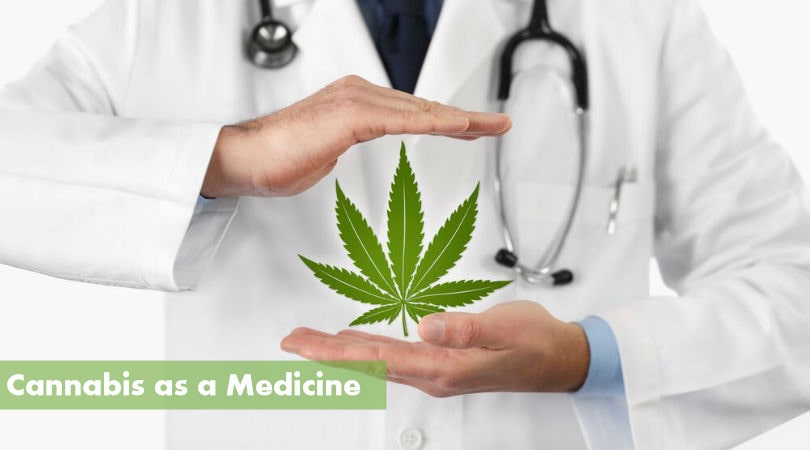 Marijuana is a medicine which is extracted from the dried up leaves and other parts of the plant Cannabis sativa. Sometimes treated as an addictive drug, marijuana has the potential to treat a multitude of illnesses or symptoms of diseases. The term medical marijuana refers to the use of unrefined marijuana or its extracts for the cure of a disease. However, despite its medical resourcefulness, marijuana has not been recognized as a medicine by the U.S. Food and Drug Administration (FDA) as it is still in experimental phase.
Marijuana is a medicine which is extracted from the dried up leaves and other parts of the plant Cannabis sativa. Sometimes treated as an addictive drug, marijuana has the potential to treat a multitude of illnesses or symptoms of diseases. The term medical marijuana refers to the use of unrefined marijuana or its extracts for the cure of a disease. However, despite its medical resourcefulness, marijuana has not been recognized as a medicine by the U.S. Food and Drug Administration (FDA) as it is still in experimental phase.
Chemical Composition of Marijuana
Marijuana is rich in cannabidiol (CBD) and tetrahydrocannabinol (THC). Research has shown that both these ingredients have medicinal applications. CBD, if taken in monitored dosage, can alter the brain without making it hyperactive while THC can be used as a pain killer.
Medical Uses of Marijuana
Marijuana has the potential to cure the following ailments:
Treat Glaucoma with Marijuana
Marijuana can help in the prevention and treatment of the eye disease glaucoma. Glaucoma causes an increase in pressure on the eyeball, which results in the damage of optic nerve. Untreated glaucoma can even lead to blindness. According to studies made at National Eye Institute, if smoked, marijuana decreases the intraocular pressure. Howbeit, there is one major lacuna attached with marijuana and its role in the cure of glaucoma. The effect of marijuana is short-lived and lasts for four hours only. There is rather better medication available in the market for treating glaucoma than marijuana.

Subsiding Nausea
Intake of marijuana has been found to be very effective in the relief of nausea, especially for those patients who are going through chemotherapy. The THC in marijuana is responsible for bringing relief to nausea. The effectiveness of marijuana can be estimated from the fact that the National Comprehensive Cancer Network ratifies and recommends the use of marijuana for subsiding nausea and vomiting which is a common aftermath of chemotherapy.
Alleviating Nerve Pain
Marijuana has proved its effectiveness in alleviating the burning sensation commonly experienced by patients with diabetes and AIDS. A research shows that marijuana laden cigarettes have an even better potential to quell nerve pain in comparison to the traditional painkillers. The THC in marijuana acts effectively in dissipating nerve pain.
Studies made at University of California San Francisco show that marijuana is very helpful in bringing relief to patients who suffer from chronic neuropathic pain which cannot be controlled by conventional medicines. Howbeit, there remains a major obstacle in the utilization of marijuana as a pain-killer. The fact that it has not been approved by FDA makes it hard for physicians to recommend marijuana to their patients and some patients try to get marijuana on their own which can be detrimental to the patient’s health. Also, the long-term effects of marijuana are yet to be monitored.
Treatment of Multiple Sclerosis
Marijuana has shown effective results in reducing the spasms and stiffness of muscles known as multiple sclerosis. Multiple sclerosis interferes with the sleeping and walking patterns of patients. Sativex is an oral medication which is used for the treatment of sclerosis. Sativex is laden with several compounds which are also found in marijuana, primarily THC and CBD.
Efforts are being made for the approval of Sativex in the USA. However, there is a lacuna in the use of marijuana for the treatment of sclerosis. There still remains a doubt regarding the long-term effects of marijuana for the treatment of multiple sclerosis which is why it is not being officially prescribed by physicians for the treatment of multiple sclerosis.
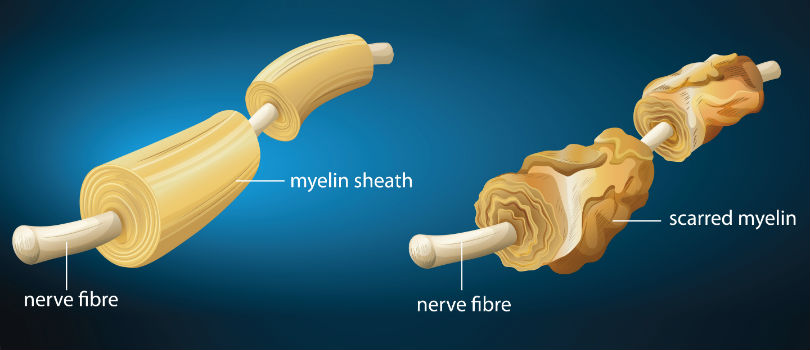
Improvement in Lung Health
In January 2012, the American Medical Association published a rather peculiar study. It stated that marijuana does not harm lung function, rather it is beneficial for the overall pulmonary environment as marijuana can augment lung capacity. The study revealed that tobacco smokers showed a reduced capacity of lung function over time but the marijuana inhalers showed an opposite trend. Their lung capacity increased over time. This astonishing trend can be attributed to the physical exertion made during the inhalation of marijuana and possibly not to any therapeutic chemical in marijuana.
Anti-Carcinogenic in Effect
Research made at Pacific Medical Center in San Francisco, California shows that CBD is anti-carcinogenic in nature. Thus, the CBD rich marijuana helps in the prevention of cancer. Cannabidiol, too, is anti-carcinogenic and impedes the spread of cancer by making the gene Id-1 dormant. This gene is more replicated by cancerous cells than non-malignant cells. Gene Id-1 helps in the spread of cancerous cells throughout the body.
Another research was carried out on breast cancer cells that were highly enriched with Id-1. These cells were treated with cannabidiol. The treatment resulted in a visible decrease of Id-1. Further studies need to be carried out to determine whether cannabis can kill cancer cells as they have shown the potential to do so.
Cure to Bowel Diseases
Studies suggest that the use of marijuana has been proved to be useful in dealing with diseases of bowel like Crohn’s disease and ulcerative colitis. In 2010, a research made by scientists at Varsity of Nottingham found that several compounds found in marijuana intermingle with body cells in such a way that they have a detectable impact on the intestine. The THC compounds found in marijuana aid the intestinal cells in bonding together as they inhibit the negative role of cannabinoid-like compounds manufactured by the body.
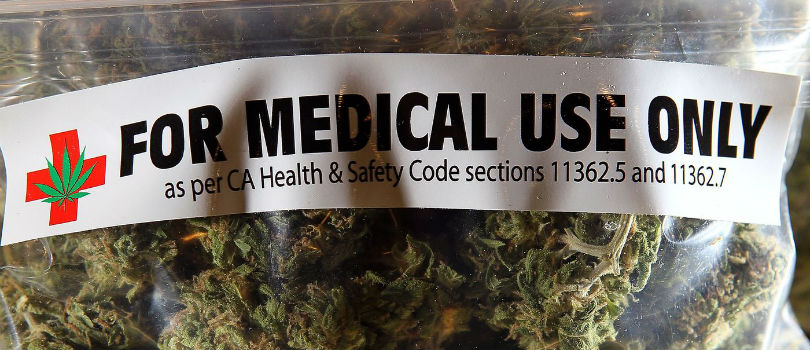 Quells Pain Caused by Arthritis
Quells Pain Caused by Arthritis
Medical marijuana strains has the ability to act as a painkiller and is laden with anti-inflammatory compounds. Marijuana is also lethargic in nature and can help people suffering from insomnia. All these properties combined, marijuana is very effective in quelling discomfort and distress caused by rheumatoid arthritis.
Several researchers from rheumatology sections of reputable hospitals gave Sativex to their patients. Sativex contains the same cannabinoid found in marijuana. Regular use of Sativex showed a marked reduction in uneasiness caused by arthritis. The patients were more at peace with themselves as they slept better.
Eases the Symptoms of Parkinson’s Disease
Research made in Israel indicated that smoking pot helps in easing Parkinson’s disease. Medical marijuana effectively reduces the discomfort, pain, and trembles experienced by people suffering from Parkinson’s disease. Patients who smoked pot on a regular basis showed a marked improvement in fine motor skills. Israel is one of the few nations that has recognized marijuana as a legal medicine for the treatment of several diseases.
Medical Marijuana Brings Comfort to Veterans Suffering from PTSD
Marijuana is being used to alleviate the symptoms and aftermaths of post-traumatic stress disorder. Medical marijuana has been legalized in New Mexico for the treatment of PTSD. Even the stringent laws of USA have flexed in favor of medical marijuana and its potential for the treatment of PTSD. The use of smoked or vaporized marijuana has been approved by U.S. government specifically to cope up with PTSD. The THC present in marijuana is an effective medicine for combating fear and anxiety; the most common manifestations of PTSD.
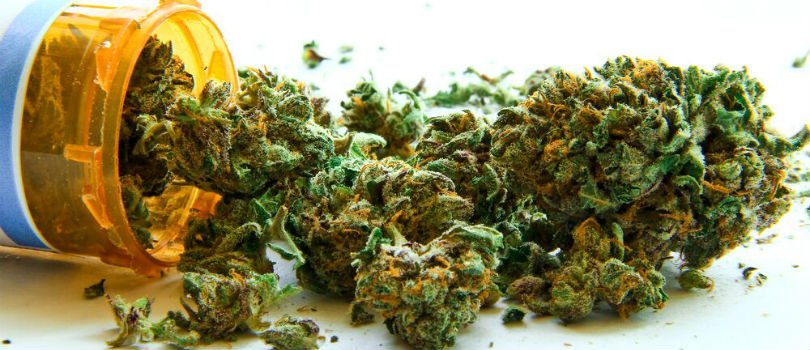 Medical Marijuana’s Neuroprotective Effects
Medical Marijuana’s Neuroprotective Effects
A recent research made at the University of Nottingham shows that marijuana has neuroprotective effects. The intake of marijuana can help the brain cope up with the aftereffects of a brain stroke. Marijuana causes a shrinkage of that area of the brain which has been affected by the stroke. This result was deduced by carrying experimentation on rats, monkeys and mice. There have been indications that marijuana also has the ability to protect the brain after it has been through a traumatic episode of a concussion.
Useful in Treatment of Hepatitis C
Hepatitis C is an ailment which affects overall body performance. Its treatment is severe and comes with negative side effects like nausea, vomiting, tiredness, muscular pain, anxiety and loss of appetite. Smoking pot can help patients of Hepatitis C cope with all the aftereffects of treatment of Hepatitis C.
As quoted in the European Journal of Gastroenterology and Hepatology, out of every hundred patients who smoked pot, 86 patients successfully completed their treatment of Hepatitis C. In contrast, only 29% of non-smokers were able to complete their entire treatment of Hepatitis C. Not only that, marijuana has shown the potential to improve the effectiveness of treatment as well. The study indicated that 54% of pot smokers exhibited low levels of Hep. C virus while for non-smokers, this percentage was limited to only 8%.
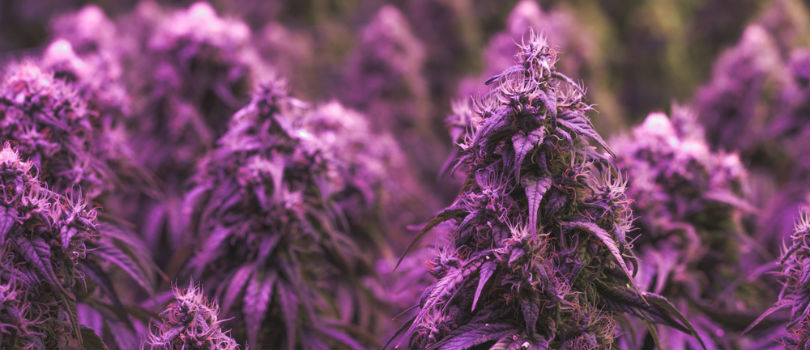 Medical Marijuana Frequently Asked Questions and Answers (FAQs)
Medical Marijuana Frequently Asked Questions and Answers (FAQs)
If medical marijuana has so many health benefits, then why has it not been approved by FDA?
The FDA goes through a stringent set of procedures before approving a particular medicine. This set of procedure ranges from meticulously carried out laboratory tests to understanding every possible effect the medicine may have on humans. FDA usually does not approve a medicine unless the medicine has been tested on hundreds to thousands of human subjects. In the case of marijuana, a lot more experimentation is needed to be done on humans before FDA would be in a position to approve it.
What are cannabinoids and what is their functionality?
Cannabinoids are derivatives of the delta-9-tetrahydrocannabinol (THC). THC is a psychoactive compound and marijuana is laden with it. In addition to THC, marijuana also contains over 100 other cannabinoids. Scientists have been able to manufacture cannabinoids in the lab as well. Cannabinoids are powerful ingredients which, if taken in unmonitored quantity, can be detrimental to human health.
Cannabinoids are also synthesized by the human body. These chemicals are responsible for the regulation of different emotions, mental prowess, appetite, body coordination and five senses.
What is CBD?
Cannabidiol (CBD) is a chemical present in marijuana. The effectiveness of marijuana as a painkiller and as a sedative is because of this chemical. CBD is being experimented for the treatment of childhood epilepsy and it has shown positive results. Because of its usefulness, scientists are now breeding marijuana and extracting CBD oil from it. Marijuana is usually taken as a recreational medicine, but these medicated oil capsules are used solely for medical purposes.
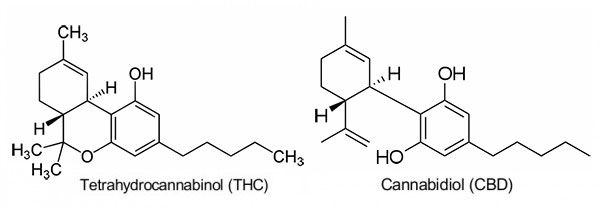
Is medical marijuana not suitable for elderly patients? Are people with poor health conditions more susceptible to the possible perils caused by marijuana?
For now, the use of medical marijuana for the treatment of ailments is not very widespread. The effects of marijuana on elderly persons and those with poor health conditions are unknown. There is a possibility that marijuana can affect this category of patients more severely than others. Howbeit, scientists need to carry out more research to determine the exact effects of medical marijuana on elderly patients and those suffering from diseases like AIDS, cancer, brain stroke, etc.
Are cannabinoids present in other medicines as well?
Yes, cannabinoids are present in two medicines namely dronabinol and nabilone. Both these medicines have been approved by FDA and they contain THC. These medicines are used for quelling nausea commonly experienced by patients going through chemotherapy. Both these cannabinoid laden medicines are also used as appetizer medicines for boosting the appetite of patients going through AIDS treatment. Sativex is another oral medicine that contains THC and CBD.
Sativex has been legalized in several European nations as well in Canada and the United Kingdom. Sativex is used for the cure of muscle spasms caused by multiple sclerosis. It is also being tested for the ailment of cancer in the United States.
Epidiolex is another medicine which contains CBD. It is in the experimental phase and once approved, it will be used for treating child epilepsy.
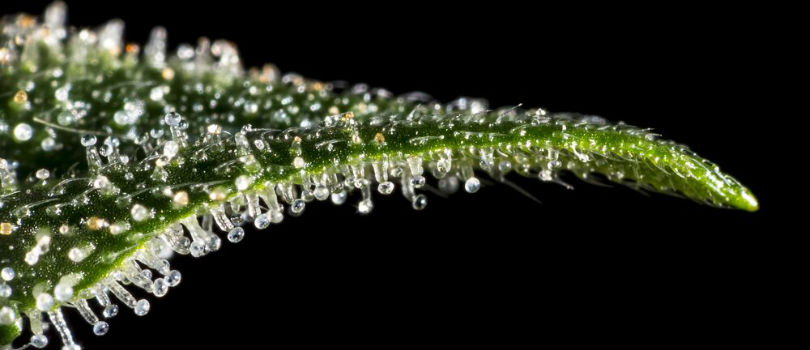 How are cannabinoids used in medicines?
How are cannabinoids used in medicines?
THC and CBD are the two major cannabinoids found in marijuana and they are of chief interest to scientists.
THC has the ability to dissipate nausea. medicines containing THC that have been approved by FDA are used for quelling nausea especially for patients undergoing chemotherapy. THC can also be used as a painkiller and as an anti-inflammatory medicine. Medicines containing THC also help patients suffering from multiple sclerosis to be more in control of muscle spasms.
CBD is a non-psychotic compound of marijuana. CBD has proved its worth in terms of quelling muscular and nerve pain. CBD has shown the potential for the treatment of mental problems and addictions.

I will be passing this info, to my “stupid medical doctors”, who have inflicted pain via pharmaceuticals, on myself, for more than 20 years. They say ” Marijuana, has No Medical Benifits” they say the same about the Oxidative Thetapys – one of the Oxidative therapy, has & is still used to my benifit, as for Marijuana, my supplier is, like me, on lockdown, the supplier, unlike me, has a supply for their COPD. The stupid doctors, I have refuse to acknowledge that Marijuana, has any Medicinal benifits at all, & have tested myself for it, illegaly – I complained,… Read more »
I never knew that marijuana can help with preventing and treating glaucoma. It’s also interesting to learn that marijuana intake can help with nausea relief. I’ve been feeling a pain on my shoulders, maybe marijuana will be able to get rid of this.
It’s fantastic to learn that smoking cannabis can help ease Parkinson’s disease symptoms. My father is getting older and I was wondering what he can do to help his memory since he might be developing Parkinson’s disease. I’ll be sure to tell him to consider smoking medical marijuana.
CBD and THC are the biggest compounds found in the cannabis plant. Both hemp and marijuana produce these compounds.
However, CBD is more prevalent in hemp like THC is more prevalent to marijuana. For this, hemp is among the leading source of CBD oil.